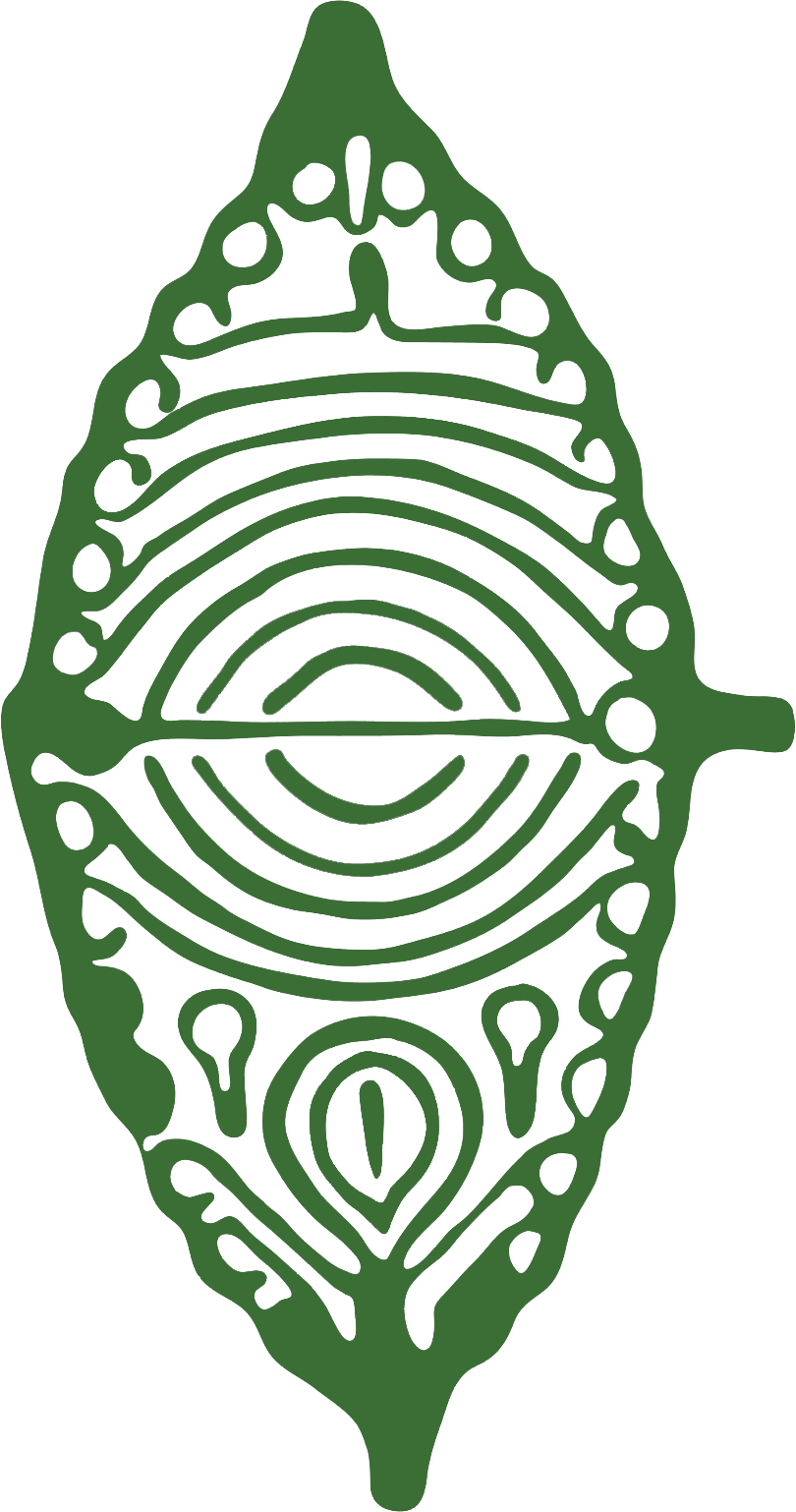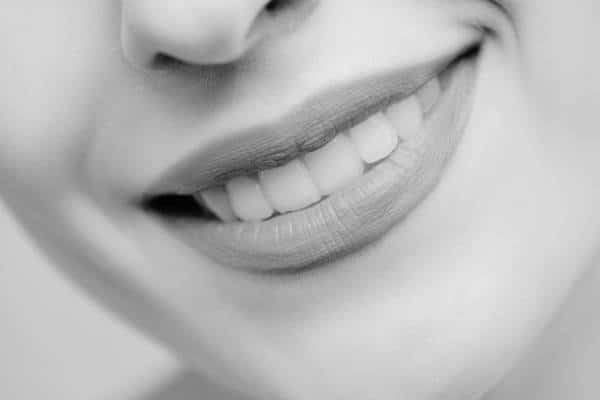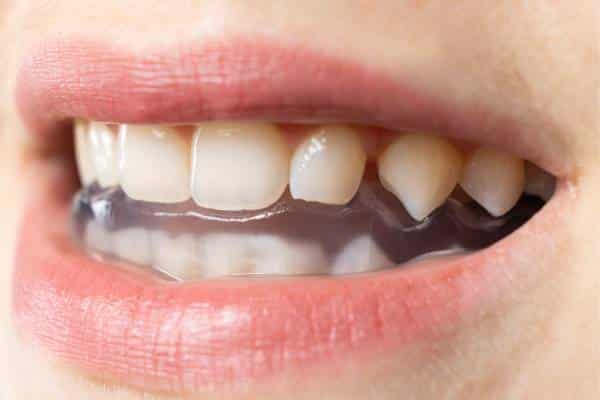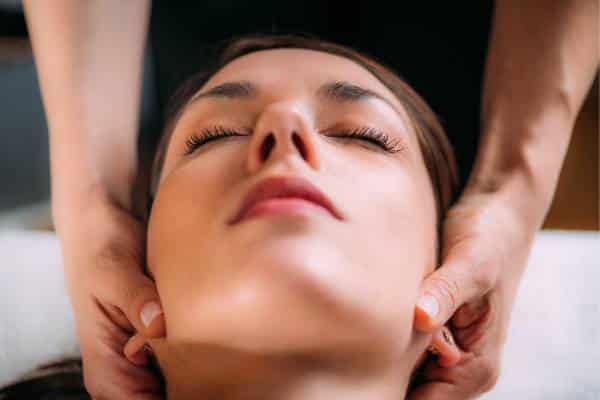Bruxism, a holistic view
Bruxism, commonly known as the teeth grindingis a phenomenon that goes beyond a simple nocturnal habit.
This condition involves involuntary contraction of the jaws, both during sleep and waking times, which can result in significant wear of the teeth and pain in the temporomandibular joints.
What is bruxism?
- Definition of bruxisminvoluntary clenching or grinding of the teeth for non-functional purposes such as eating or speaking.
- Types of bruxismThe two types of bruxism are nocturnal bruxism, which occurs during sleep, and daytime bruxism, which occurs during waking hours.

Causes and risk factors
Stress and anxiety
Incorrect dental alignment
Other factors
Consequences of bruxism
- Dental wearConstant friction can damage tooth enamel, increasing the risk of tooth decay and tooth sensitivity.
- Pain and temporomandibular physiofunctionProlonged tension can cause pain in the jaw joints and facial muscles.
- Quality of sleepnighttime bruxism can disrupt sleep, affecting overall well-being.
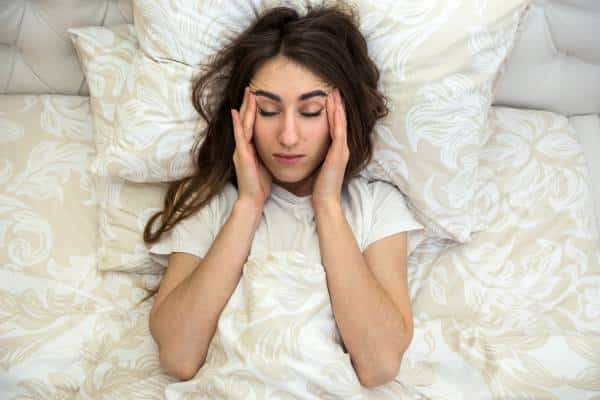
Management and treatment
Although there is no definitive cure for bruxism, there are several strategies and treatments that can help manage and mitigate its effects:
- Unloading splintsCustomised devices that protect teeth during the night.
- Relaxation therapiestechniques such as meditation and mindfulness to manage stress.
- Professional interventionsThe collaboration with dentists and physiotherapists can offer personalised and effective solutions. Your osteopath can also help you : losteopathy improves bruxism.
Approaching bruxism from a holistic perspective, considering both physical symptoms and emotional factors, is key to effective management and improved quality of life.
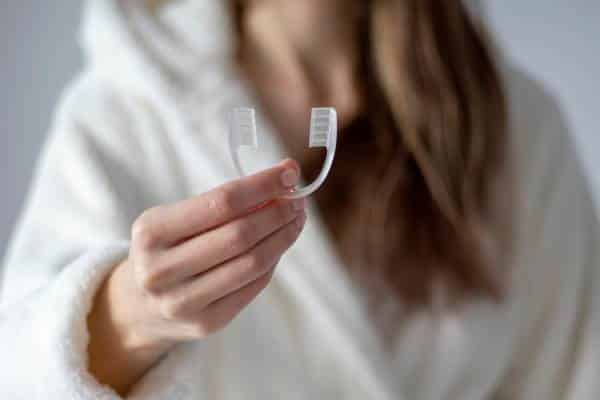
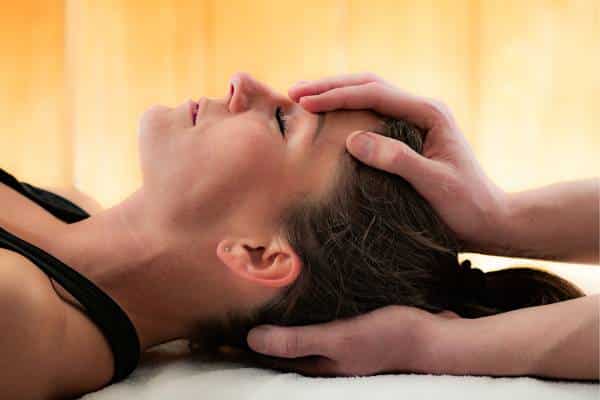
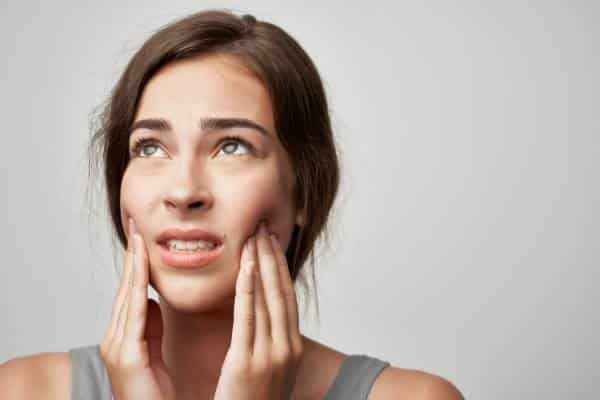
Osteopathy as a support
Osteopathic assessment and treatment
- Comprehensive assessmentTreatment begins with a detailed assessment of the craniofacial structure, including the mobility and flexibility of the cranial sutures and facial bones.
- Manual techniquesGentle manual techniques are used to release tension in the cranial membranes and improve the mobility of the bones of the face and jaw.
- Work on the palateThe osteopath can use painless intraoral techniques to work on the palate to relieve tensions that contribute to bruxism.
- Trigger point stimulationTrigger point manipulation of intra-oral and facial muscles can offer relief from the muscle tension associated with bruxism.
Holistic approach
- Posture and habitsbruxism: postures and habits that may be exacerbating bruxism, such as poor posture while sleeping or using electronic devices, are assessed and corrected.
- Stress managementStress: Since stress is a significant contributing factor to bruxism, relaxation and stress management techniques, including meditation, are advised.
Interdisciplinary collaboration is often key in the treatment of bruxism, so professional osteopaths such as Marina y Nicolas work together with fascia specialists, physiotherapists, acupuncturists and dentists to tackle the most complex cases.
For more information on how osteopathy can support in the treatment of bruxismit is recommended to visit sites such as College of Osteopathy y Spanish Association of Osteopathywhere resources and qualified professionals can be found.
Mental and emotional preparation
Current treatment | ||
| Addressing the bruxism involves a variety of treatments aimed at protecting the teeth, reducing pain and reducing the frequency of grinding or clenching. Despite advances in the understanding of this condition, treatment continues to focus on palliative rather than curative measures. | ||
Unloading splints | Stress management | Alternative treatments |
|
|
relaxation of the autonomic nervous system, relaxation of the external pterygoid muscles
Specific exercises to relieve muscle tension and improve posture can be beneficial.
|
Current treatment |
||
| Addressing the bruxism involves a variety of treatments aimed at protecting the teeth, reducing pain and reducing the frequency of grinding or clenching. Despite advances in the understanding of this condition, treatment continues to focus on palliative rather than curative measures. | ||
Unloading splints
|
Stress management
|
Alternative treatments
|
For more information on bruxism treatment and its advances, sites such as Clínica Mayo and Colegio Oficial de Dentistas de Madrid offer valuable resources and up-to-date guides on available treatment options.
Importance of professional diagnosis:
- Full evaluationBefore any treatment is initiated, a thorough evaluation by a professional is essential to confirm the diagnosis of bruxism and to rule out other conditions.
- Personalisation of treatmenttreatment should be personalised, taking into account the severity of the bruxism and the individual needs of the patient.
In summary, current treatment of bruxism focuses on dental protection, pain reduction and stress management. The search for the root cause and personalisation of treatment are key to effective management.

Complementary techniques to combat bruxism
For those looking to understand more or learn exercises for bruxism, here are some solutions to get you started:
Relaxation therapies
- Meditation and mindfulnessMindfulness practices help reduce stress and anxiety, factors that can exacerbate bruxism.
- Yoga and Tai ChiGentle exercises that promote balance, flexibility and muscle relaxation.
Exercises for bruxism:
- Jaw exercisesgentle movements that can help relieve tension in the jaw muscles.
- Breathing techniquesBreathing exercises that promote relaxation and may reduce the incidence of clenching or grinding of teeth.
Psychological interventions
- Cognitive behavioural therapy (CBT): helps identify and modify behaviours and thoughts that contribute to bruxism.
- Stress management counsellingtechniques and strategies to effectively manage everyday stress.
Bruxism and tinnitus
The tinnituscommonly known as "ringing in the ears", can be both a consequence and an exacerbating factor of the bruxism.
Bruxism can increase tension in the muscles around the jaw and neck, affecting structures near the ear and potentially causing or worsening tinnitus.
Both disorders can be induced or aggravated by stress and anxiety. Effective stress management is crucial for the treatment of both.
Teeth grinding: recommendations and resources
For those suffering from bruxism and tinnitus, it is recommended:
- Professional consultationseek advice from specialists in temporomandibular disorders and tinnitus.
- Relaxation techniquesImplement mindfulness and meditation practices to reduce stress.
- Sleep hygieneMaintain routines that promote restful sleep, minimising factors that can worsen bruxism and tinnitus.
For more information on how bruxism can be related to and affect tinnitus, and vice versa, sites such as Hearing Link y Tinnitus Hub offer useful resources and guidelines for managing these disorders. These sites, although not Spanish-speaking, are recognised for their authority on hearing-related topics and can provide valuable information on the subject.
The bruxism is a complex condition that requires a holistic, multidisciplinary approach for effective management. Tackling bruxism requires patience, perseverance and a trial-and-error approach to find the right combination of treatments and techniques that work for each individual. The key is not to become discouraged and to maintain open communication with the healthcare professionals involved in your care.
In summary, although bruxism can be a significant source of discomfort and challenges, with the right approach and the right support, it is possible to manage it effectively and minimise its impact on quality of life.
Questions about bruxism
To address the bruxism naturally, there are a number of options that can help relax the muscles and reduce stress, two of the main factors contributing to this condition. It is important to remember that these remedies can be complementary and are not a substitute for professional medical advice and treatment.
Herbal remedies
- Relaxing infusions: Herbal drinks such as chamomile, lime blossom or valerian can have relaxing effects and help improve sleep quality.
- Lavender oil: A few drops of lavender essential oil on the pillow or used in aromatherapy before bedtime can promote relaxation and reduce anxiety.
Natural supplements
- Magnesium: this mineral plays a crucial role in muscle relaxation and nerve function. A magnesium supplement before bedtime can help relieve tension in the jaw and facial muscles.
- Melatonin: Taking a melatonin supplement may be helpful in regulating sleep cycles and improving sleep quality, although its direct effectiveness on bruxism may vary.
Relaxation techniques
- Meditation and mindfulness: Meditation and mindfulness practices before bedtime can significantly reduce stress and anxiety levels, thus decreasing the likelihood of clenching teeth.
- Breathing exercises: Deep breathing techniques can be effective in inducing a state of relaxation and facilitating a better onset of sleep.
Healthy lifestyle habits
- Avoid stimulants: limiting caffeine and alcohol consumption, especially around the time of sleep, may reduce the risk of nocturnal bruxism.
- Regular sleep routine: establishing and maintaining a consistent sleep routine helps regulate your biological clock and improves sleep quality.
It is essential to consult a health professional before starting any natural treatment, especially if you are pregnant, breastfeeding or have pre-existing medical conditions.
A comprehensive approach that combines medical care with healthy lifestyle practices and natural remedies may offer the best strategy for managing bruxism.
Eliminating or significantly reducing bruxism naturally involves adopting a series of strategies focused on relaxing the muscles involved and minimising the triggers. Here are some key recommendations:
Physical techniques
- Muscle relaxation exercises: Specific exercises to relax and stretch the jaw and neck muscles can help reduce accumulated tension.
- Massages: Gently massaging the jaw, neck and shoulder area before going to sleep can relieve muscle tension.
Mental relaxation practices
- Mindfulness and meditation: these practices help to focus the mind and release stress, one of the main factors associated with bruxism.
- Deep breathing techniques: practising deep breathing techniques before bedtime promotes relaxation of the nervous system and may reduce the incidence of bruxism.
Healthy habits
- Sleep routine: establishing a regular sleep/wake schedule helps regulate your biological clock and improves the quality of your sleep.
- Quiet sleeping environment: ensure that your room is a quiet, dark and cool space. Consider using a sound machine or white noise app to promote a more relaxing environment.
Food and supplements
- Balanced diet: maintain a diet rich in essential nutrients, especially magnesium and calcium, which are important for muscle and nerve health.
- Natural supplements: some supplements such as magnesium, melatonin or valerian may be useful, always in consultation with a health professional.
Attention to posture
- Avoid postures that strain the jaw: during the day, be mindful not to clench your jaw or hold your phone between your shoulder and ear, as this can increase muscle tension.
Professional consultation
While these strategies can be effective in reducing bruxism, it is crucial to consult with a healthcare professional for a proper diagnosis and a personalised treatment plan, especially if the bruxism is stern o persistent.
Curing bruxism, especially in adults, may require a multidisciplinary approach, as it is often the result of a combination of physical, psychological and lifestyle factors. There is no one-size-fits-all 'cure-all', but there are a number of strategies and treatments that can significantly alleviate the symptoms and underlying causes of bruxism.
Dental interventions
- Discharge splints: customised oral devices, such as night splints, can prevent clenching and grinding by protecting the teeth and reducing stress on the jaw.
- Treatment of dental problems: Addressing specific problems such as tooth misalignment or bite problems can help reduce bruxism.
Stress and anxiety management
- Psychological therapy: Cognitive behavioural therapy and other forms of counselling can be effective in addressing the emotional and psychological roots of bruxism.
- Relaxation techniques: practising regular relaxation techniques, such as meditation, yoga or deep breathing, can help manage daily stress.
Lifestyle improvements
- Regular exercise: regular physical activity can reduce stress and improve sleep quality, thereby reducing episodes of bruxism.
- Sleep hygiene: establishing a healthy sleep routine and a restful environment can minimise the factors that contribute to bruxism.
Alternative treatments
- Acupuncture: Some people find relief from acupuncture, which can help relax muscles and reduce stress.
- Massages and physiotherapy: massage of the jaw, neck and shoulder area can relieve the muscle tension associated with bruxism.
Medical consultation
- Medical evaluation: it is crucial to consult a dentist or physician to assess the severity of the bruxism and discuss the best treatment plan. In some cases, medication may be recommended to relax the muscles or improve sleep quality.
It is important to remember that treating bruxism can be a process of trial and error, and what works for one person may not be effective for another.
Maintaining open communication with health professionals and being proactive in self-care are key to managing this condition.
When it comes to managing bruxism with medication, it is crucial to consult a healthcare professional for a personalised recommendation, as the appropriate medication may vary depending on underlying causes and individual conditions. Some options that clinicians may consider include:
Muscle relaxants
- Short-acting medicines: in some cases, muscle relaxants may be prescribed for occasional use, helping to reduce muscle tension and prevent night-time teeth clenching.
- Anxiolytics
Benzodiazepines: For those whose bruxism is related to anxiety or stress, doctors may prescribe anxiolytics to help relax and improve sleep quality. These medications should be used with caution due to their potential for dependence and side effects. - Antidepressants
Selective serotonin reuptake inhibitors (SSRIs): in certain cases, antidepressants may be prescribed, especially if bruxism is linked to anxiety disorders or depression.
It is important to monitor the effects, as in some people these medications may worsen bruxism.
Medicines for pain management
- Analgesics and anti-inflammatory drugs: if bruxism causes significant pain in the jaw, neck or head, painkillers or non-steroidal anti-inflammatory drugs (NSAIDs) may be prescribed to relieve discomfort.
Important considerations
- Review and adjustment: A period of trial and error with the supervision of a health professional may be needed to find the most effective medicine and dosage.
- Holistic approach: medication is often most effective when combined with other interventions, such as the use of splints, relaxation therapies and lifestyle changes.
- Monitoring of side effects: Some medications may have side effects or interact with other medications, so close monitoring by a health professional is vital.
It is essential not to self-medicate and to seek the guidance of a healthcare professional to address bruxism safely and effectively.
Sleeping with bruxism can present challenges to both sleep quality and general well-being. People who suffer from nocturnal bruxism often experience:
Interruptions in sleep
- Frequent awakenings: the act of clenching or grinding the teeth can lead to disruptions in the sleep pattern, resulting in frequent awakenings during the night.
- Unrefreshing sleep: Although people with bruxism may sleep for many hours, the sleep may not be restful, leading to feeling tired and lacking energy during the day.
Physical symptoms on awakening
- Jaw pain: constant stress on the jaw can cause pain and stiffness in the jaw muscles in the morning.
- Headache: the tensions generated by bruxism can spread to the muscles of the skull, causing tension headaches, especially in the temple area.
- Dental sensitivity: constant grinding can lead to increased tooth sensitivity due to enamel wear.
Strategies to improve sleep
For people with bruxism, adopting certain strategies can help improve sleep quality:
- Use of dental splints: a night splint, prescribed by a dentist, can protect the teeth and reduce stress on the jaw.
- Relaxing pre-sleep routines: Establishing a relaxing evening routine, such as warm baths, reading or meditation, can help prepare the body and mind for deeper rest.
- Optimal sleep environment: ensuring that the bedroom is a quiet, dark and cool space can facilitate a more restful sleep.
- Regular exercise: physical activity during the day can improve sleep quality.
However, it is recommended to avoid intense exercise close to bedtime.
It is important to address bruxism not only as a dental problem, but also to consider its impact on sleep and general well-being.
Collaboration between dentists, doctors and possibly therapists can offer a holistic approach to the treatment of bruxism and its side effects.
Bruxism can vary in severity, from mild cases that may not require treatment to severe forms that can cause significant dental problems, pain and other symptoms that affect quality of life.
The severity of bruxism and its impact can be measured by several factors:
Dental impact
- Wear and tear of teeth: In severe cases, bruxism can lead to significant wear of tooth enamel, increasing the risk of tooth decay, tooth fractures and tooth sensitivity.
- Damage to dental restorations: the forces exerted during grinding can damage restorations such as fillings, crowns and bridges.
Jaw health
- TMJ disorders: bruxism can cause or exacerbate problems in the temporomandibular joint (TMJ), causing pain, clicking or limitation of jaw movement.
- Muscle pain and tension: the constant clenching and grinding action can cause chronic muscle tension and pain in the muscles of the jaw, face and neck.
Quality of life
- Headache: headaches, especially on waking, are common in people with severe bruxism, affecting daily well-being.
- Sleep disturbance: For both the person with bruxism and their bed partner, grinding can disrupt sleep, leading to fatigue and decreased daytime performance.
Contributing factors
- Stress and anxiety: elevated levels of stress and anxiety may not only be a contributing factor to bruxism, but may also be exacerbated by the effects of bruxism on health and sleep.
Addressing bruxism
Given the range of problems that bruxism can cause, it is important to address it in a holistic manner:
- Professional evaluation: consulting a dentist for a complete evaluation can help determine the severity of bruxism and appropriate treatment.
- Multidisciplinary management: In addition to dental solutions, such as unloading splints, the management of bruxism can benefit from the intervention of physiotherapists, speech therapists and psychologists, especially when stress and anxiety are significant factors.
- Self-care and prevention: stress management strategies, improved sleep hygiene and lifestyle adjustments may be key components in reducing bruxism and its effects.
Bruxism is not just a dental condition; it can be a sign of other health concerns or stress factors in a person's life.
Therefore, a holistic and personalised approach is essential to effectively treat bruxism and improve quality of life.
Bruxism can affect people of all ages, from children to adults, although the causes and risk factors can vary by age group. Here are some insights into who is most likely to experience bruxism and why:
Bruxism in children
- Dental development: In children, bruxism is often related to the growth and eruption of teeth. It can be a way to relieve the pain or discomfort associated with this process.
- Stress factors: As in adults, emotional stress or major life changes, such as starting school or family problems, can contribute to bruxism in children.
Bruxism in adults
- Stress and anxiety: adults with high levels of stress or anxiety, whether from work, personal relationships or life challenges, are more likely to develop bruxism.
- Lifestyle: the use of stimulants such as tobacco, alcohol, caffeine and certain medications may increase the risk of bruxism.
- Medical conditions: some health conditions, including neurological disorders and certain sleep disorders such as sleep apnoea, are associated with an increased risk of bruxism.
Common risk factors
- Genetic factors: There is evidence to suggest a genetic predisposition to bruxism, with higher incidence rates in families where other members also suffer from bruxism.
- Temporomandibular disorders (TMD): people with temporomandibular joint or tooth alignment problems may be more susceptible to bruxism.
Bruxism is considered severe and requires immediate medical attention when its effects manifest themselves in a way that significantly interferes with the patient's daily life. Some of the signs of severe bruxism include:
- Severe painThis may include pain in the jaw, neck or facial muscles that is not relieved by usual measures.
- Significant dental damageThis includes fractured teeth, chipped teeth, extreme flattening or increased tooth sensitivity.
- Problems in the temporomandibular joint (TMJ)Difficulties in opening and closing the mouth, clicking or locking when moving the jaw.
- Sleep disturbancesFrequent awakenings during the night or daytime sleepiness due to unconscious clenching or grinding of teeth.
Early diagnosis and treatment are crucial to prevent long-term complications such as TMJ disorders, severe dental wear problems and impaired quality of life due to chronic pain and lack of effective sleep.
Bruxism can cause a variety of problems that affect both dental health and an individual's overall quality of life:
- Dental wearConstant friction can wear down tooth enamel, leading to sensitive teeth and increasing the risk of cavities and tooth fractures.
- TMJ pain and dysfunctionConstant grinding can lead to temporomandibular joint disorders, resulting in pain and difficulty in moving the jaw.
- Headache and neck painBruxism-related muscle strains can spread, causing tension headaches and discomfort in the neck and shoulders.
- Sleep disordersNocturnal bruxism can disturb one's own and a partner's sleep, resulting in daytime sleepiness and fatigue.
- Psychological problemsStress and anxiety are both causes and consequences of bruxism, and can generate a cycle that is difficult to break without professional intervention.
Bruxism can cause various types of pain due to constant stress on the jaw and teeth:
- Jaw painRepetitive clenching or grinding activity can cause pain in the jaw muscles and temporomandibular joint.
- HeadacheMany people experience frequent headaches, especially on waking, due to tension in the temporalis and jaw muscles.
- Dental sensitivityConstant grinding wears down the enamel and can make teeth more sensitive to hot or cold temperatures and sweet or acidic foods.
- EaracheAlthough less common, some patients report sensations of ear pain that actually come from tension in the jaw.

